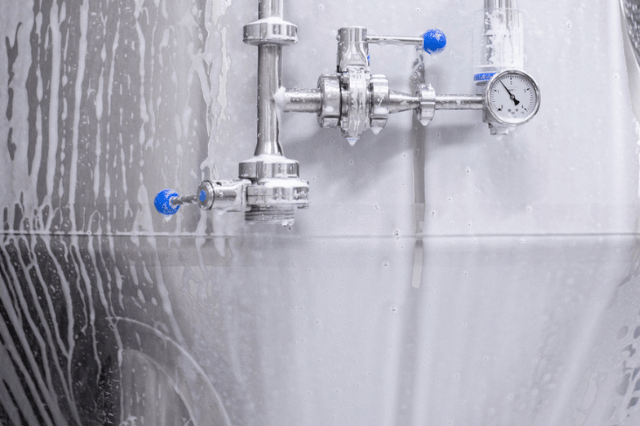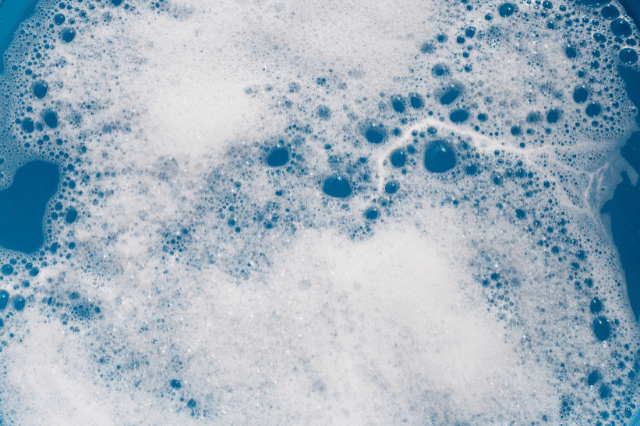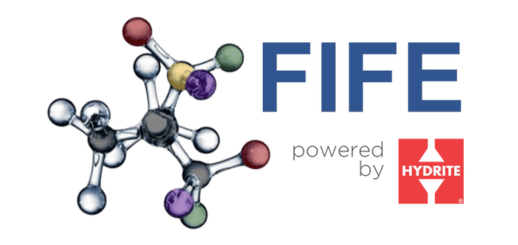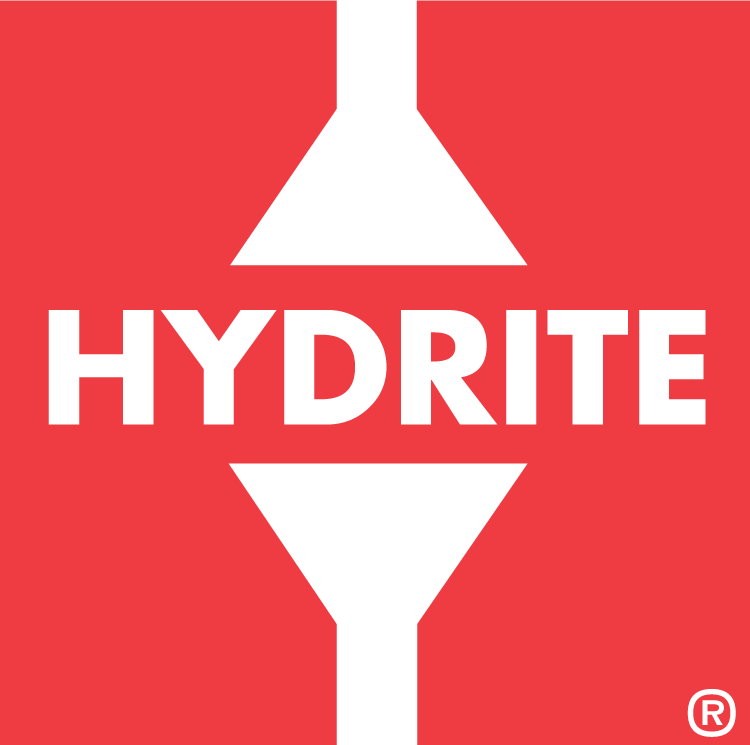animal Rendering
Animal rendering is a process that recycles animal by-products, transforming them into valuable materials like fats, proteins, and minerals for use in products ranging from animal feed to biofuels. While it plays a crucial role in waste management and resource efficiency, the industry faces several challenges, such as maintaining strict hygiene standards, managing odors, and addressing concerns related to facilities' environmental impact. Despite this, animal rendering contributes significantly to sustainability by reducing waste, conserving resources, and providing a circular solution to animal materials that might otherwise become landfill. By efficiently turning waste into useful products, rendering helps promote a more sustainable and ethical approach to resource utilization.
Rendering Industry Challenges
The animal rendering industry faces several significant challenges, including:
- Ecological Footprint: While rendering helps recycle animal byproducts, cooking and drying processes can be energy intensive, contributing to greenhouse gas emissions. Optimizing a facility's processing can support a reduced carbon footprint.
- Odor Concerns: Odors are a natural obstacle in the rendering Industry. Controlling and managing these odors are a constant challenge. When animal by-products are heated to high temperatures, sulfur compounds in the proteins are released. Additionally, the processes of cooking, drying, and pressing animal by-products contribute to the emission of organic pollutants like sulfur, ammonia, and nitrogen compounds, which further contribute to unpleasant smells.
- Health and Safety Risks: There are health and safety risks associated with the handling of animal by-products including mechanical injuries from slippery surfaces, lifting heavy materials, exposure to high noise levels, and contact with biological and chemical agents. These risks require stringent safety protocols to prevent injury and illness.
- Up-to-Date Technology: Staying up-to-date with the latest processing technologies and methods for improving efficiency, reducing waste, and minimizing environmental impact requires constant investment.
- Wastewater Treatment Compliance: Beef slaughterhouses, especially those without access to municipal treatment plants, face significant challenges in treating wastewater to meet stringent environmental standards. They must ensure that the water is clean enough to be released directly into waterways, which often requires costly and complex treatment processes. Failure to comply can result in fees and/or fines.

Rendering and SUSTAINABILITY
Animal rendering is a sustainable process that helps reduce waste by preventing materials from ending up in landfills. Instead, rendered products are transformed into valuable resources like animal feed, biofuels, and fertilizers. By recycling these by-products, animal rendering supports a more efficient use of resources, reduces environmental impact, and contributes to a circular economy. It plays an essential role in minimizing waste, conserving natural resources, and lowering the carbon footprint of food production.
Products for animal rendering
Hydrite is involved throughout many steps of both inedible and edible rendering processes, some of which include:

Odor Control
Hydrite plays a vital role in odor control within the rendering industry by providing advanced chemical solutions that neutralize and eliminate unpleasant smells. Our specialized products help minimize the impact of emissions during the rendering process. By integrating Hydrite’s odor control solutions, rendering plants can improve air quality and enhance compliance with environmental regulations.

Processing Aids
Hydrite offers effective processing aids that can significantly enhance the efficiency and consistency of the rendering process. Our products help improve yield, optimize the separation of fats and proteins, and ensure the quality of the final products. By using Hydrite's processing aids, rendering plants can reduce operational costs and improve productivity.

Sanitation Chemicals
Hydrite provides effective sanitation chemicals designed to maintain the highest hygiene standards. This includes caustic-based products specifically designed for deep cleaning and effective fat removal in rendering plants. By utilizing Hydrite’s sanitation solutions, rendering plants can meet stringent regulatory requirements and safeguard the quality of their products.

Foam Control
Hydrite offers reliable foam control solutions that help rendering plants manage foam buildup during the processing stages. Hydrite's foam control products effectively reduce excess foam, ensuring smoother operations and preventing disruptions in equipment performance. By incorporating Hydrite’s foam control products, plants can improve processing efficiency and reduce maintenance costs.
Wastewater treatment in animal rendering facilities
Water treatment in rendering facilities is a critical aspect of ensuring environmental sustainability and compliance with regulatory standards. Rendering processes generate wastewater containing organic matter, fats, proteins, and other by-products that must be properly treated before being released into the environment. To achieve this, rendering facilities employ a range of water treatment technologies, such as mechanical filtration, biological treatment systems, and advanced chemical processes, including pH adjustment and the use of chlorine dioxide to remove contaminants and reduce environmental impact. These treatment methods help protect water quality, conserve resources, and minimize the facility’s ecological footprint, ensuring that the rendered products meet both health and environmental safety standards.
Wastewater Treatment Equipment
Hydrite offers a variety of water treatment equipment solutions designed to reduce costs. Solutions like the Fife Monitor™ paired with the proper chemical program can assist with protein byproduct recovery, enabling renderers to squeeze every last drop from their water. Optimize your rendering plant's wastewater in real time with Fife Monitor™.
Fife Monitor
Fife Monitor™ is a custom wastewater monitoring system capable of providing 24/7 real-time monitoring, remote monitoring, historical data collection, trend analysis, and chemical consumption data. A daily report summary allows plan operations, Hydrite personnel, and plant management to review performance.

Protein Recovery Polymers
In addition to our comprehensive wastewater treatment solutions, Hydrite provides GRAS polymers that facilitate protein recovery from wastewater. These polymers help recover valuable proteins, which can be repurposed as animal feed, contributing to resource efficiency and sustainability.
![]()

Contact Us
Connect with Hydrite representative to learn more about how we can assist in your animal rendering facility.

